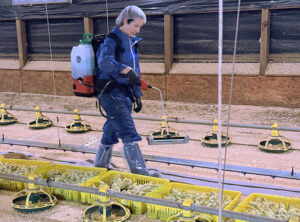
Evolving gel technology shows promise for vaccinating chicks, poults
A new vaccine-application approach shows advantages to help make on-farm, day-of-age vaccination easier to perform while increasing effectiveness.

A new vaccine-application approach shows advantages to help make on-farm, day-of-age vaccination easier to perform while increasing effectiveness.
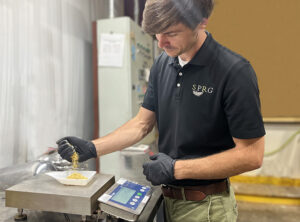
Is diet the rising X factor for optimizing immunity in poultry? Researchers at the Southern Poultry Research Group (SPRG) in Athens, Georgia, are building a strong case, via a growing body of research shedding new light on how diet influences the traditional pathogen-host-environment triangle for assessing disease risk.
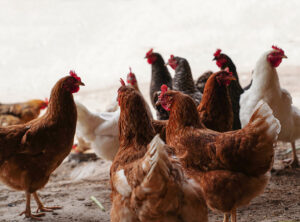
In cage-free systems, it’s not only the birds that are moving around more freely. Bacterial transmission is also quicker and more efficient when birds roam uninhibited in large groups, underlining the importance of effective disease management.

Post-mortem examinations are essential for maintaining a comprehensive, targeted flock-health program. But when it comes to managing viral diseases, is it enough to look at the bursa?
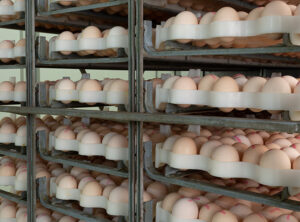
Novel disinfection strategies — electrostatic disinfection (ED) and cold fog (CF) disinfection — could help improve hatchability, reduce chronic respiratory disease (CRD) incidence and improve overall health outcomes for poultry, according to a recent Poultry Science report.
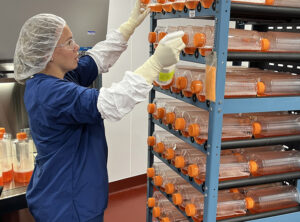
Ceva Animal Health has started antigen production for an experimental autogenous vaccine to fight the emerging avian metapneumovirus (aMPV) disease.
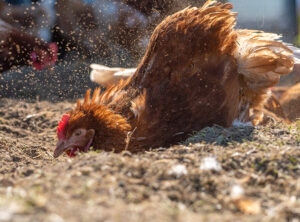
Dustbathing occurs in all commercial chicken housing housing systems, even in caged systems with no substrate. But why do chickens dustbathe?
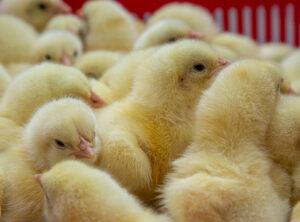
Merck Animal Health reports that the USDA has approved the manufacturing and sale of Cambridge Technologies’ experimental autogenous vaccine in the US for the emerging and deadly avian metapneumovirus type B, impacting broilers, broiler breeders, layers and turkey breeders.
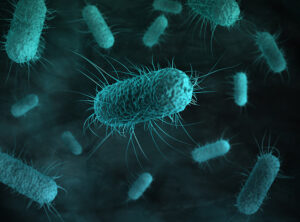
When weekly mortality rates in layer flocks older than 50 weeks start creeping up over 0.3%, producers and veterinarians should be suspicious. According to Eric Gingerich, DVM, Cargill’s Diamond V, these numbers could indicate the presence of Escherichia coli.
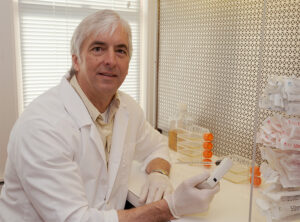
The message is clear and one that Daral Jackwood, PhD, The Ohio State University, has delivered for years: Young chickens need maternal immunity to protect them from immunosuppression and secondary diseases caused by infectious bursal disease.
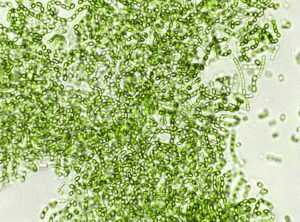
Broilers fed a microbial supplement of four probiotic strains had a lower incidence of Salmonella and higher expression of proteins associated with immunity, according to research presented at the 2024 IPSF by Kevin Bolek, PhD, microbials innovation director for Phibro Animal Health.
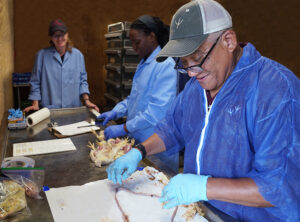
A sharper focus on minor coccidiosis species may be the key to improving management of this persistent parasitic disease and improving gut health, feed conversion and flock performance.
[random-sponsor]